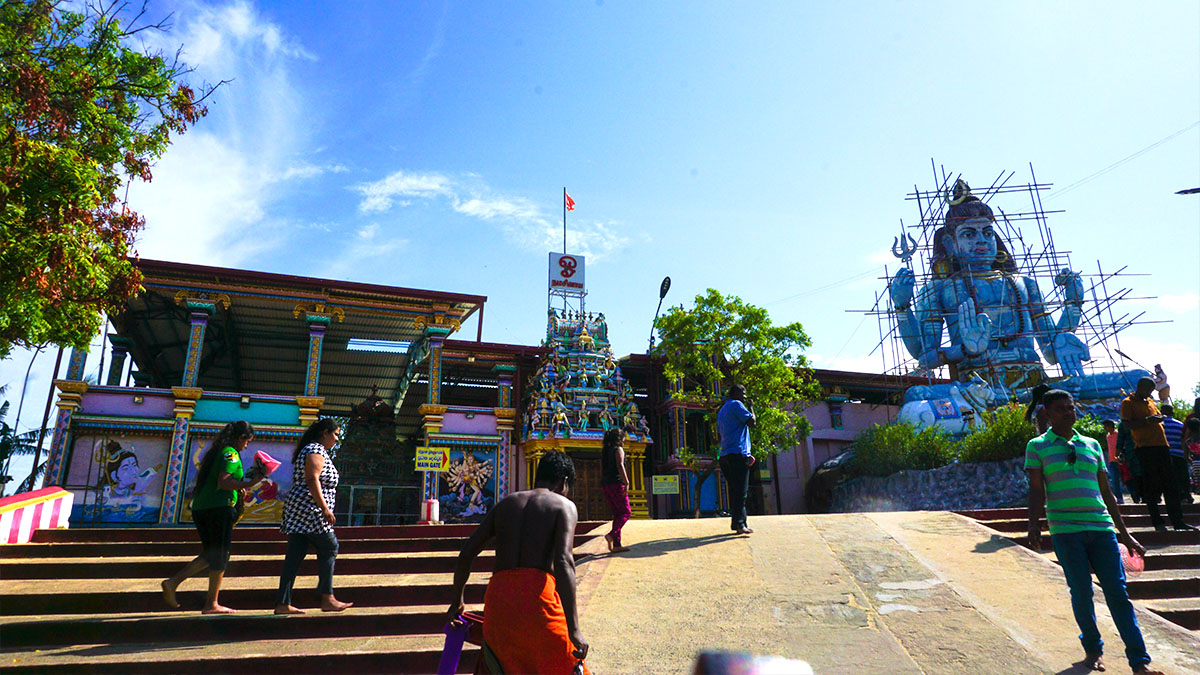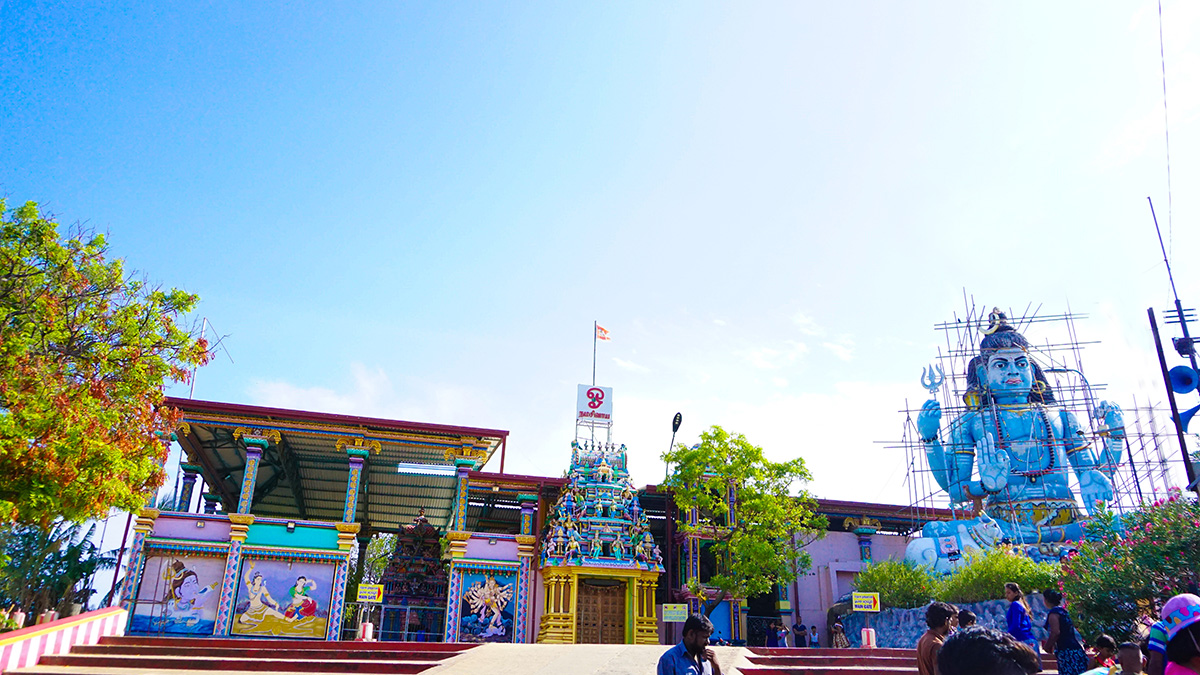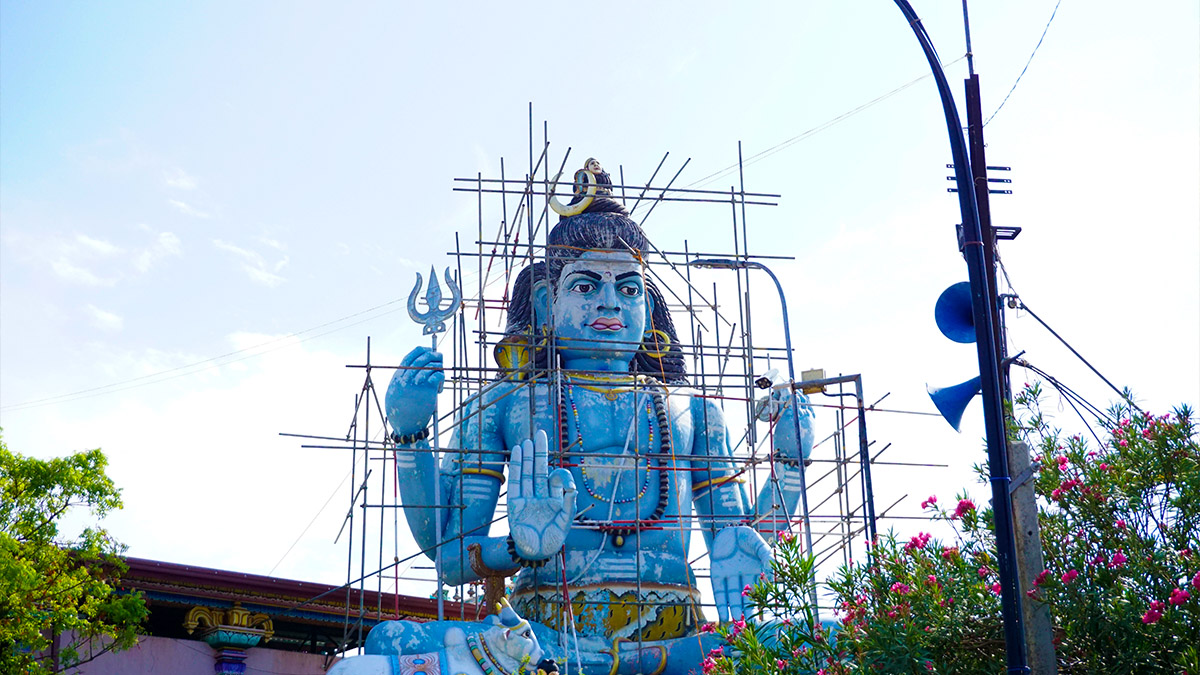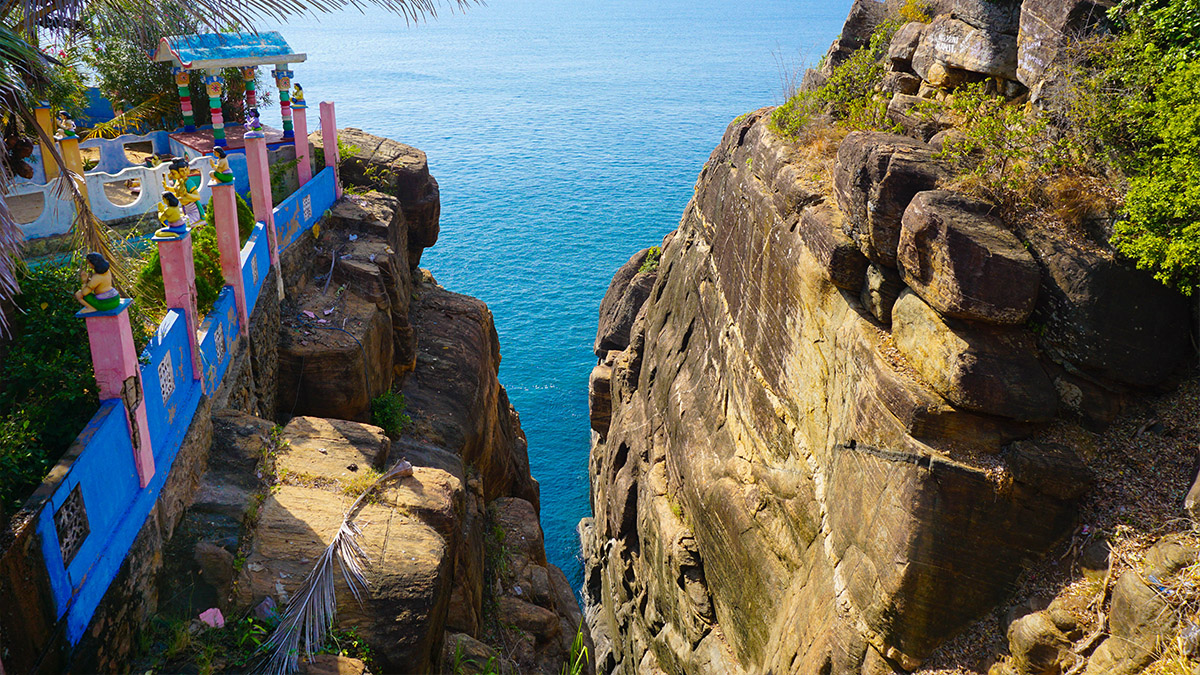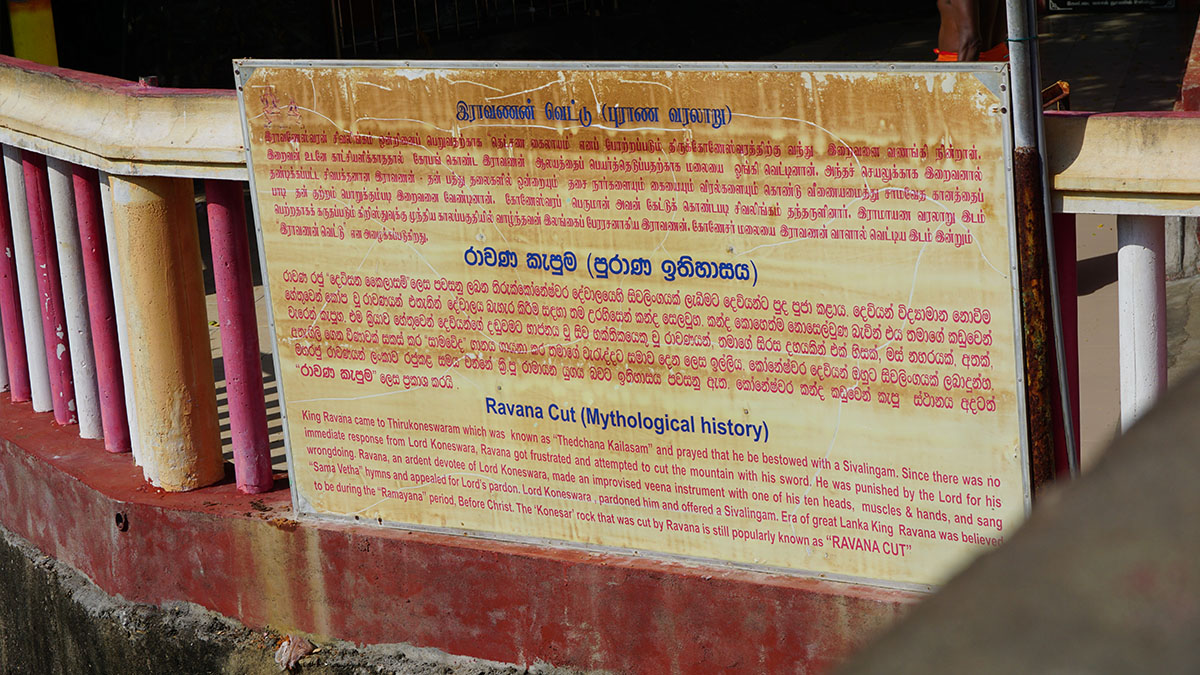Koneshwaram Temple
Koneshwaram Hindu Temple
KONESHWARAM
#TRINCOMALEE
Koneshwaram temple also known as Thirukoneshwaram temple is a renowned temple of Hindus in Sri Lanka. It is situated at the rocky cape of the outskirt of Trincomalee district. Koneshwaram temple is a historical monument which bears a history that runs back to 1580 BC.
The word Koneshwaram or Thirukoneshwaram bears a unique meaning that gives away the specifics of the place itself. This Name was derived directly from the god that believed to be residing in this temple the chief lord or god Shiva also known as Eeshwar. This god is believed to reign over this Thirukunamalai or Trincomalee peninsular. Thiru in Tamil means holy whereas Konam is the name and malai is the mountain in the Tamil language. The word Konam has derived from old Tamil which emits the meaning ‘peak’. Therefore, the word Koneshwaram or Koneshwar elicits the meaning “The peak of the Eeshwar”.
Koneshwaram Temple
Travelling by a vehicle is allowed up to the summit of the promontory and then on you have to travel bear footed as no footwear is allowed in the temple premises. At the entrance of the of the temple an ancient sculpture of the family of the God shiv can be seen, which includes God Shiva and his consort Parvati and two sons God Ganesha and Murukan.
Near the tiled stairs, there is a tiled tub filled with water that can is used to wash off the dust from the feet and purify the devotees before worshipping God. On entering the Shrine hall visitors are faced with a wonderful Sculpture of the Svayambu Lingam at the Moolasthanam or the centre point. Unlike other shrine rooms, this temple’s Moolasthanam consists of two shrines. At the left side of the Shiva lingam is the shrine room of the Koneswarar’s consort Goddess MathumaiAmmal. The inside wall is painted beautifully with images especially the image on the left wall is the image of the temple itself as it appeared originally before its destruction 400 years ago.
Not only inside but also the outside of the temple has specific features which are unique. The temple consists of a small courtyard around it which surrounded by high pillared walls. The sacred Vilvam tree is at the back of the temple mostly covered with wooden cradles that have been hung by the devotees wishing for children.
At the entrance, there are two gates one is kept close by SLA. To the right of that gate, there is a path which leads to a tunnel revealing a very old section of the temple. At there, visitors can witness a small natural cave with a painted old sculpture of God Shiva and ancient stone inscriptions.
History, Legend and Reconstruction
According to the 17th century stone inscription at the temple, this temple belongs to 1580 BC. It is certain that this temple was well established and renowned during the arrival of Prince Vijayan during the 6th century.According to local legends, it is believed that King Ravana and his other were devotees of this temple. It is also believed that King Ravana was the one to build the hot springs of Kanniya as a part of Koneshwaram temple for his mother’s last rites.The underwater ruins of the temple were discovered by the world famous author Sir Arthur C. Clarke and a photographer Mike Wilson in 1956. The ruins mainly included the Svayambu lingam which is worshipped at the shrine room.
This is considered one of the 69 natural lingams in the world. It is believed that this lingam was fund in the Tibetian mountain of Kailash and it was installed by King Ravana at the temple of Koneshwaram. The details of the rediscovery were published in the book called ‘The Reef of the Tabrobane’ written by Arthur C Clarke himself in 1957. The temple was reconstructed with most of its important idols, statues and lingams by the Hindus in Trincomalee, in 1963.
